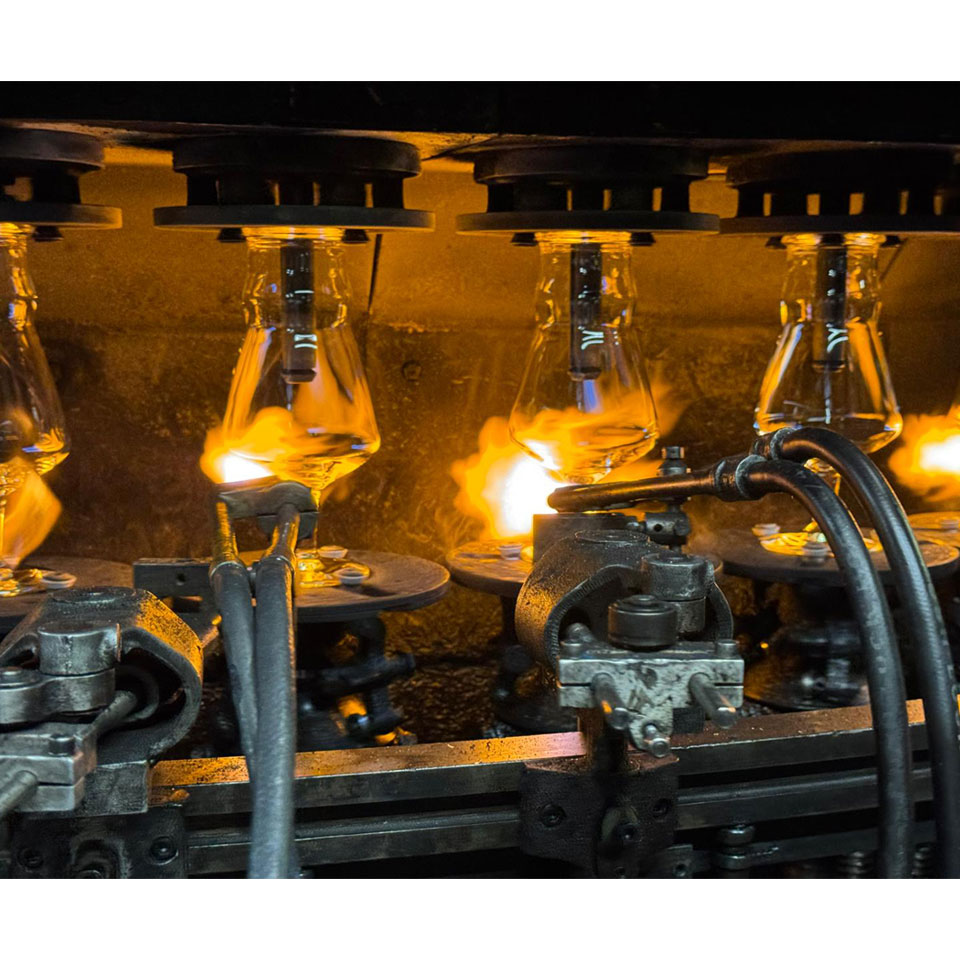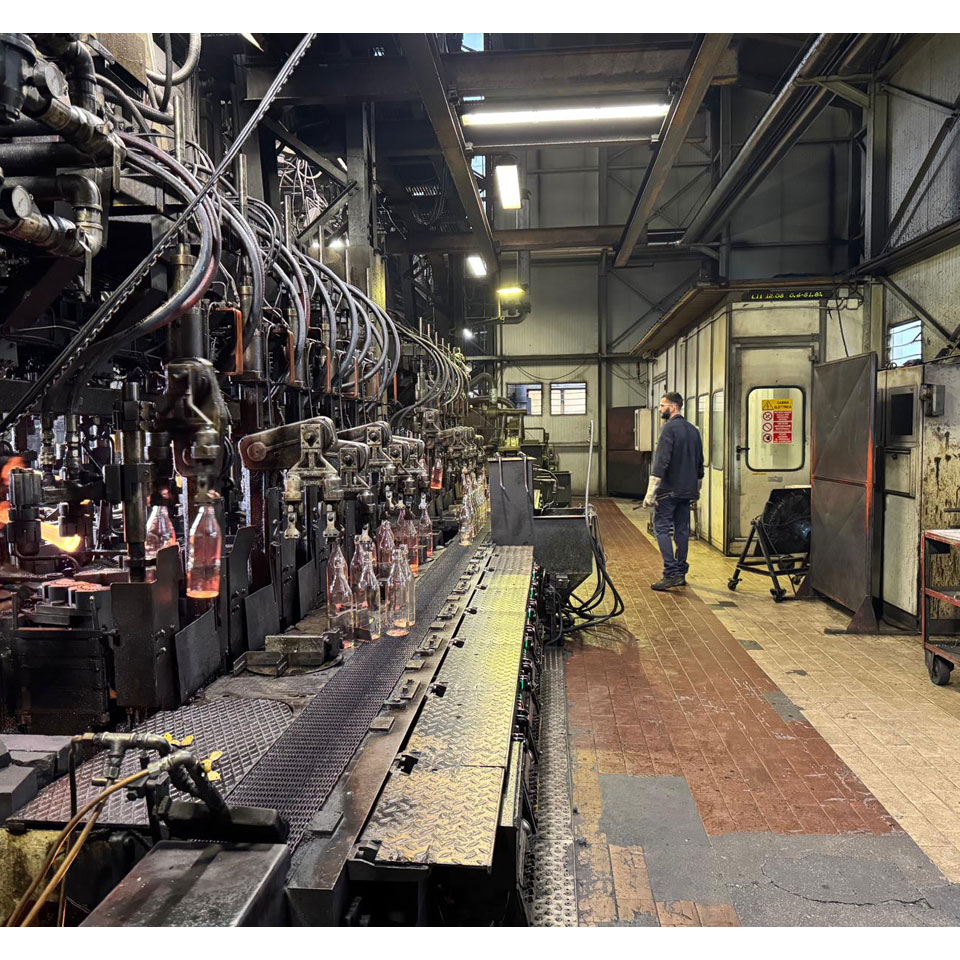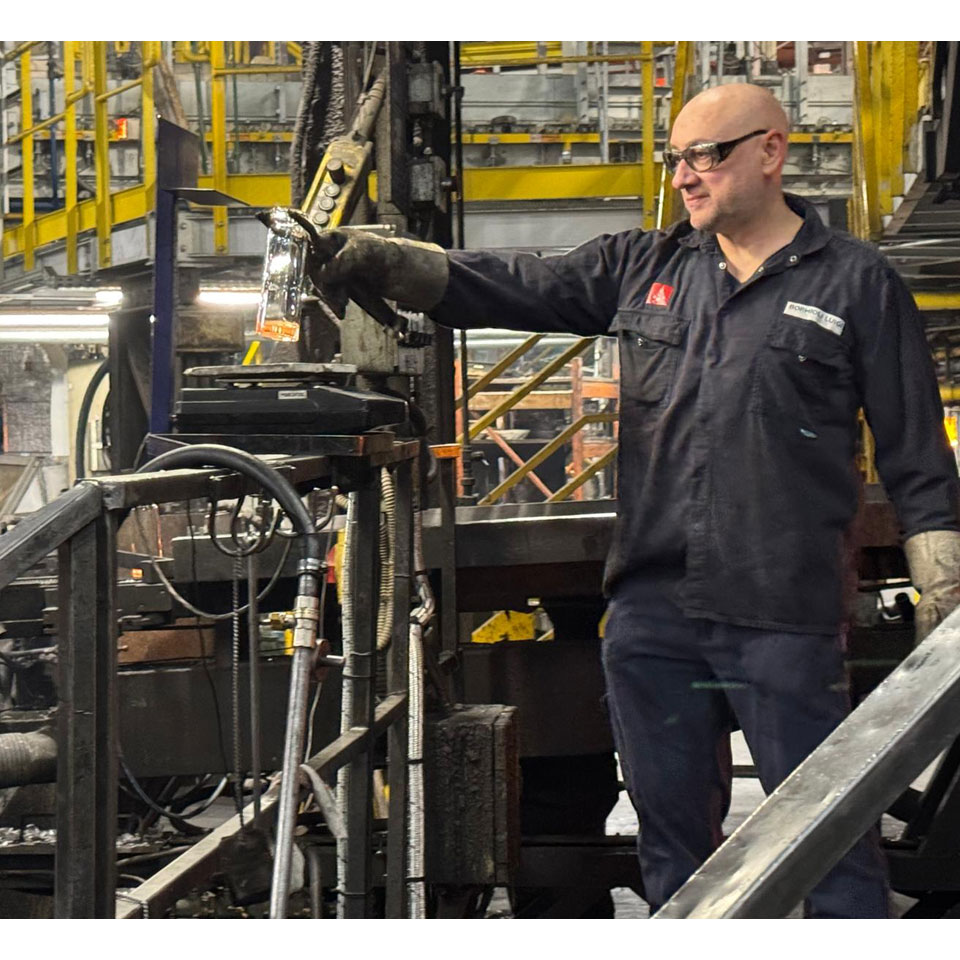Monday, January 27, 2025, was an important day for RG Commerciale, in the figures of its owner, Giorgio Negri, and some employees of both the company and its web rib RGmania.
The history of the Fidenza plant
In fact, we were guests of the factories once only of Bormioli Rocco, since 2017 also of Bormioli Luigi, located in Fidenza, in the province of Parma, where in 1825 the Bormioli family moved to establish the first glassworks. In 1927, Fidenza Vetraria was born, which was acquired to become Bormioli Rocco's most important factory. In fact, the acquisition of Bormioli Rocco by Bormioli Luigi dates back to 2017, with the Parma factory remaining active only for the production of glass jars for cosmetics and perfumery.
RG's visit to Bormioli's manufacturing plant.
The first two hours were devoted to the business part of the visit, complete with a presentation of products soon to be introduced to the market, which you will soon discover on our website.
RGLife focuses today, however, on a visit to the glassmaker's production facilities, where we were guided by an authority in the field, Luca Manganelli, who has been with the company since 1994 and is currently a prevention and protection officer.
The premise is that the 2017 merger between Luigi and Rocco entailed new production logics, Bormioli Rocco being more dedicated to the household and Bormioli Luigi more focused on the professional; a challenge that eight years after the birth of the new production hub can certainly be said to have been met.
Everything comes from sand, which is strictly natural, from quarries and mostly from France, Belgium and Turkey, given the low concentration of iron. Bormioli glass consists of 73 percent sand and 25 percent of a series of powders to optimize melting. Glass processing begins around 600°, while the sand melts at 1560°. The glass has an average life of 5 to 8 years, and in the production process it is 100 percent recovered if not contaminated with oil, color or other waste. There are three methane gas furnaces operating at the plant with 200 tons of molten glass per day: number 10 and number 12 are designed for 'traditional' glass, while number 9 is dedicated to the glass of excellence in stemware, which originate from three machines that line up in the processing. Each kiln feeds five channels, each of which deals with the various parts of the article. Where there are furnaces, workers alter on 24-hour shifts because the furnaces cannot be turned off, as cooling could develop fractures with problems when turned back on.
Glass production: melting
The first stage of glass production is melting, in which raw materials and scrap are fused together with the aim of obtaining a homogeneous mixture. Externally produced steel molds, which form the outer surface of the finished articles, are reworked in a handcrafted manner at this stage.
Forming
In the second stage, the forming, the molten glass passes through heat conditioning ducts and then is cut into drops, the size of which will be proportionate to the size of the container to be made. At the time we were visiting, production was dedicated to Giara bottles, whose production cycle takes a total of 18 seconds. At the same time, on another production line, on a goblet the cup was being welded with the stem, which was lengthened to make the product even more elegant.
Annealing
The third stage of glass production is annealing, in which the glass is cooled by passing through continuous, tunnel-like furnaces. Stresses in the glass are thus eliminated by heating stages until it is brought to room temperature. For certain items, the controls are already automated, and the machines reject an average of 4 out of 100 items because of some defect. The products are cooled in a defined time curve so that they do not break down, and depending on the items this phase lasts from 20 to 90 minutes.
The selection and packaging of products
In the fourth and final stage, the cooled glass undergoes a meticulous quality control. Discarded specimens are remelted if possible, while the others are packaged and stored, some directly through an automated process.
In short, RG's visit to Bormioli's production plant was stimulating and interesting, giving us a close look at the mechanisms that govern the production of glass objects that arrive finished on our hands and on our tables, and about which we hardly happen to reflect on all the work behind.




